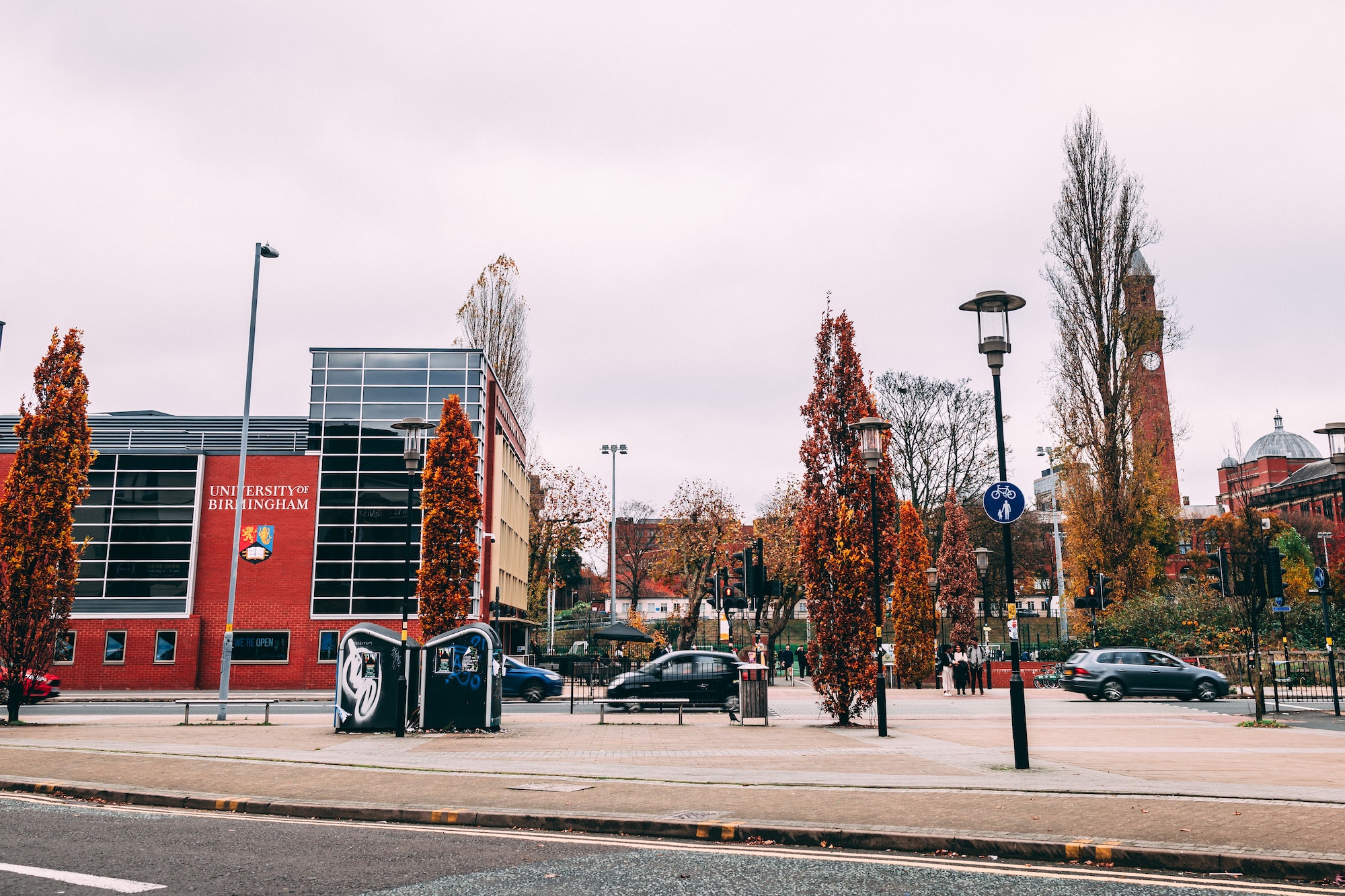
Netflix’s recent contribution to the reality TV genre is just as fake as the others, argues Travel Editor Katie Norris
At the beginning of Love is Blind Nick Lachey outlines the concept behind the show, the fact that ‘Psychologists believe that emotional connection is the key to long-term marital success, not physical attraction.’.
“A mix between the anonymity of The Circle and the drama of Love Island
Love is Blind is a Netflix dating show that flips the main concepts of modern dating, aiming to marry off contestants barely before they’ve glimpsed one another. A mix between the anonymity of The Circle and the drama of Love Island, this dating show attempts to remove all traces of shallowness. In an attempt to flip image-focused modern dating (such as Tinder’s swiping system) contestants are isolated in “pods”, getting to know potential mates by talking through a thin wall.
“This show has blown up on social media
This is Netflix’s pseudo-experiment to find out if love truly is blind, and this is intensely tested throughout the show. Now here comes the intense aspect: after about a week or so if these couples have established a connection they are expected to propose, setting a (very real) wedding date, only meeting each other face-to-face as fiancé(e)s. Although this is a far cry from reality, this show has blown up on social media because it is seriously addictive. The “pods” system does erase shallowness but it isn’t without its drama, with one contestant telling multiple others that they can see a future with them, leading to one proposal and two broken hearts.
All contestants are in their 20s and 30s, moderately good-looking, and relatively ready to settle down (as anyone could be after knowing someone for a month), but even with the reveals there is some disappointment and one pair of eyes does wander after the reveals. The drama only increases from this point, with the couples being eased into the real world. The move from an idealistic holiday in Mexico to living together is a move that produces the most friction within the relationships, with some of the emotional bonds cultivated within the pods showing cracks.
“You’ll be brought to tears by it
As a watcher, it distorts any sense of reality, in the best way. Not only will you be successfully convinced that a contestant declaring their undying love for another is plausible after a couple of days, but you’ll be brought to tears by it. Where Love Island’s reputation for producing C-list celebrities has caused many watchers to turn away in the belief that the couples are faked, it is easy to get invested in the couples from Love is Blind. The finale only increases this tension – it isn’t until they make it to the altar that we find out whether they will say ‘I do’ or leave their other half in tears.
So is love blind? The show ultimately can only produce a negative answer, and instead, the absurdity of its premise is proven through the chaos of the show. It proves that dating a stranger through a wall can only produce soulmates in the luckier cases, and it helps if all the contestants involved are attractive. Not only that, but it confirms that face-to-face chemistry is just as important as pod-to-pod compatibility, as within the pod stage the group decreases from 30 contestants down to 12 (6 couples), and this is only decreased further, with ultimately only two couples ending up married.
Rating = 3/5
Comments